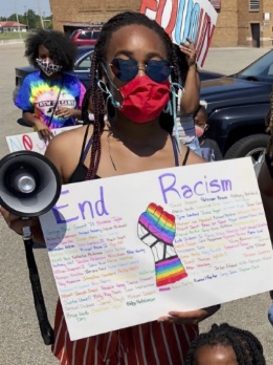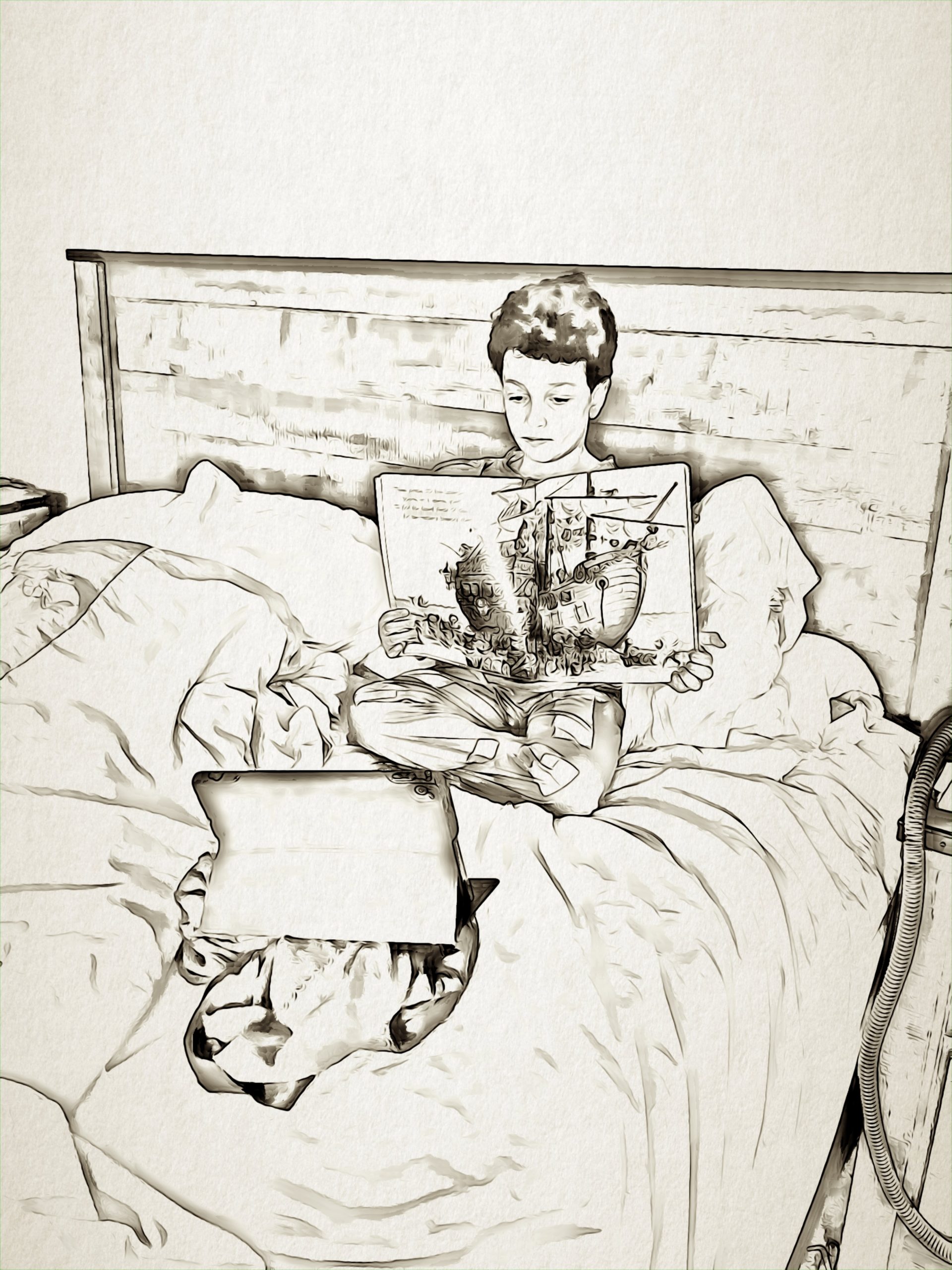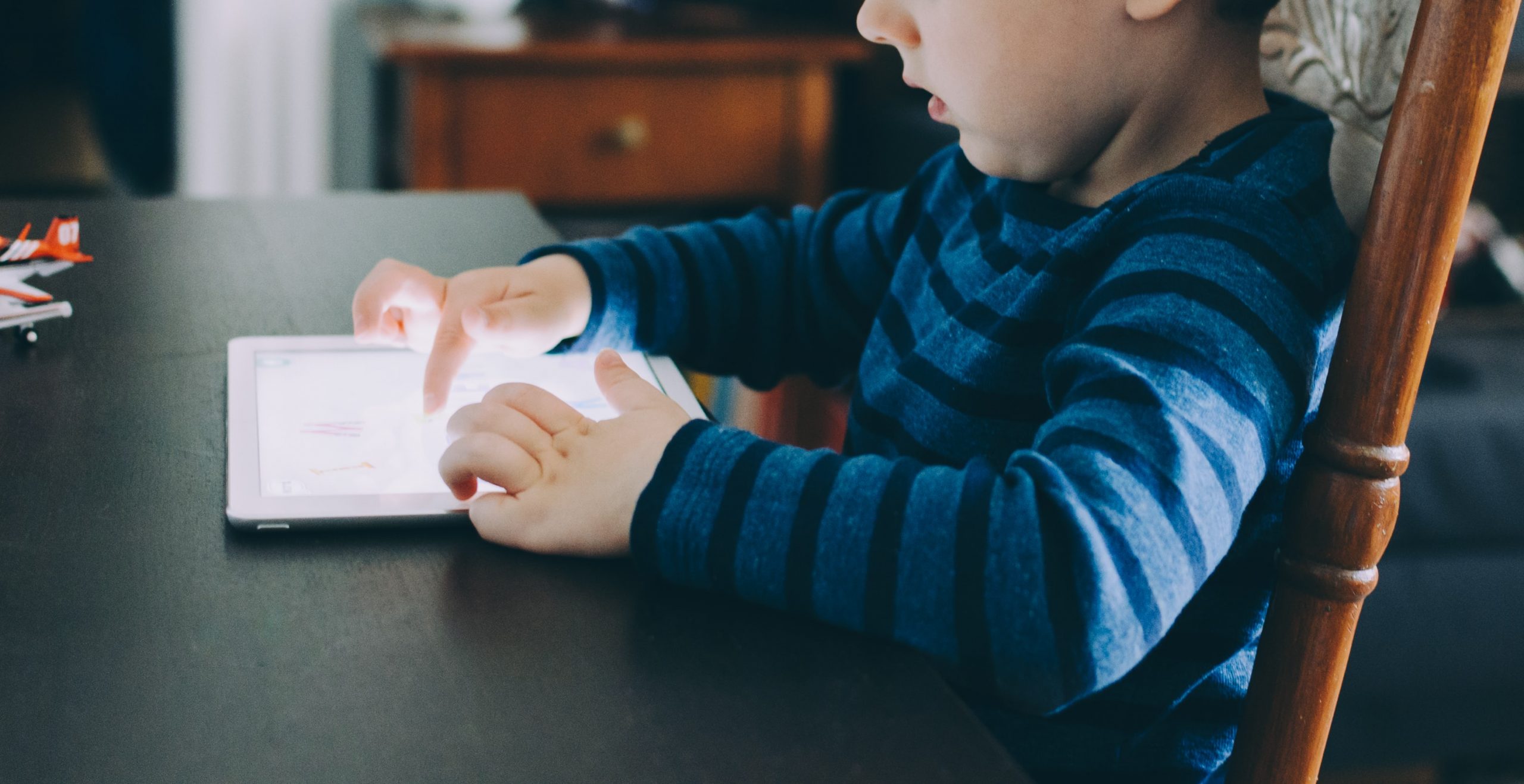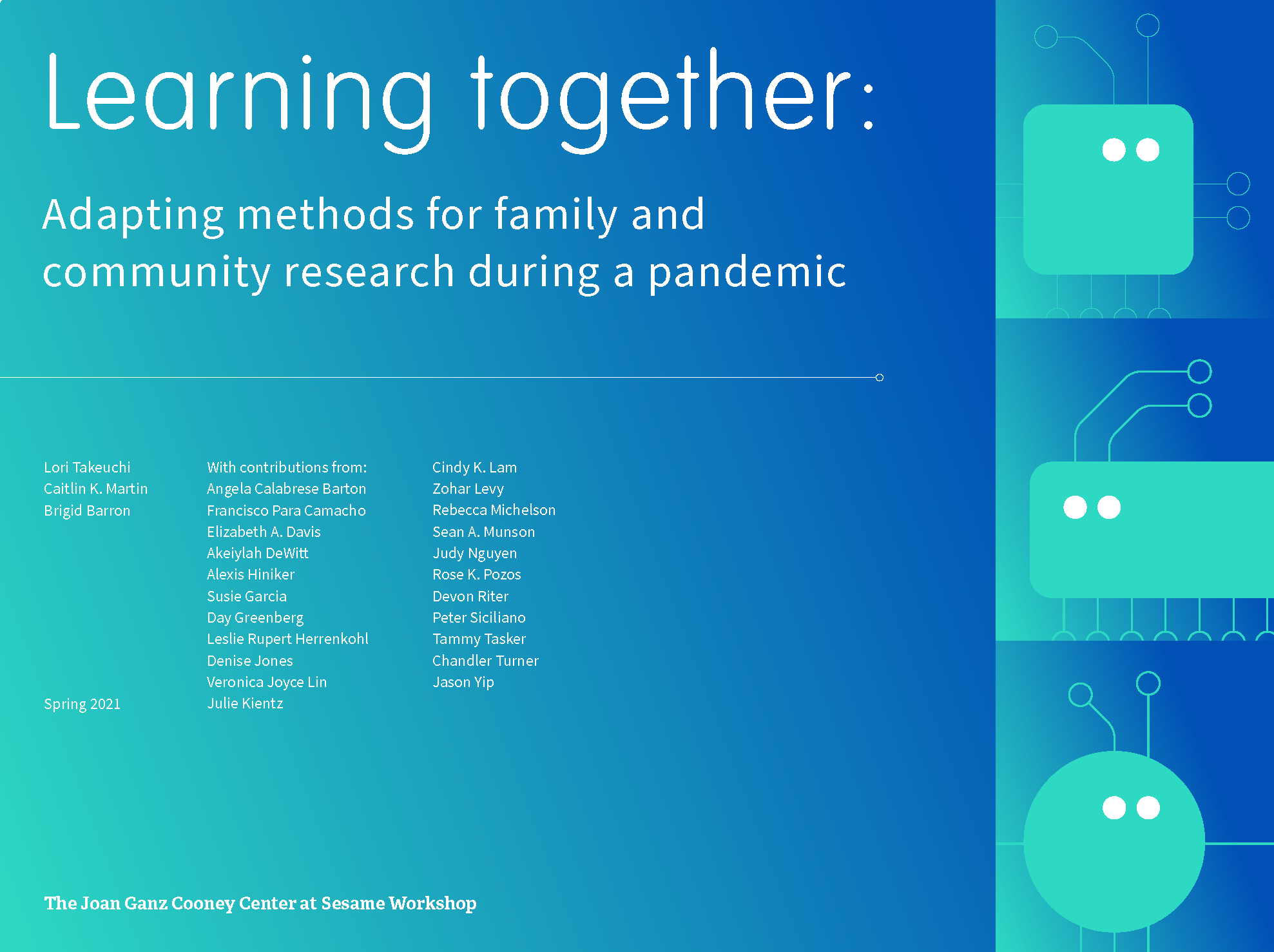In Spring 2020, as schools around the United States were forced to turn to remote learning methods, a number of research teams around the country mobilized to study how families were adjusting to the pandemic. In July 2020, Dr. Brigid Barron and her team at Stanford University’s Graduate School of Education and the Joan Ganz Cooney Center convened a virtual workshop with research teams from Stanford, University of Washington, and the University of Michigan to explore innovative methods for studying family and community learning while sheltering at home. Here, Angela Calabrese Barton and Day Greenberg from the University of Michigan describe their team’s collaboration with youth to understand the way young people used and analyzed data in order to make sense of the world around them.
This year, youth have consistently engaged in learning about scientific, technological, social, racial, and economic dimensions of public health and disease. They have also learned about how these dimensions shape each other, such as how the pandemic has amplified racial and economic inequalities (leading them, us, and many others to adopt the term “multi-pandemic”). For example, many of the parents of youth in our study are essential workers, and some have lost their jobs. In Michigan, they’ve seen White supremacists protest at their state’s capitol and block access to the city’s main hospital with vehicles and guns, all in the name of freedom to disregard COVID-19 restrictions. Across the US, they have gone online to learn how to make masks and hand sanitizer when those were hoarded by others, and they have sought to provide each other help and solace in the struggles of online schooling and social isolation associated with their lives in a pandemic. One could argue that elementary- to college-aged youth have been doing more out-of-school learning than ever.
Since March 2020, we have been collaborating with youth in the Midwest and West Coast of the US to hear how they have experienced the multi-pandemic from a learning perspective.

One thing we learned is that youth navigation of COVID-19 has involved sophisticated action-taking with data and data infrastructures. They’ve curated and co-opted wide-ranging forms of data from different knowledge and value systems, such as local COVID-19 dashboards for their schools and cities, visualizations of viral spread, and TikTok videos describing mental health strategies for coping with long-term isolation. Youth continue to access, analyze, and apply data to learn about their world and solve new problems. They also critically examine how power shapes and uses data to surveil and direct them and the people they care about, just as it shapes and limits how different youth can access data. In response, youth have created new ways of engaging with data to transform the world as they navigate it.
First, youth are expert users of big data.
Youth in our study searched for and accessed data such as large-scale data sets and symptom tracker apps in response to personal and family needs, paying attention to data origins and purposes. All youth in our study mentioned visiting the CDC or the WHO online. Twelve-year-old Prez explained, “I looked at its spread-per-day worldwide. What I figured out really scared me.” Youth also tried to connect national data with local data, like 14-year-old Ivy who searched by zip code in her county’s dashboard to see where cases clustered, and how that compared to broader trends: “Since corona was coming here, I wanted to know exactly how it was hitting us. I looked in the CDC but it just showed the state [infection rates]. What about [my city]? That is what I was searching.”
Youth also cared about data credibility, as 17-year-old Bella explained: “I trust the CDC way more than the president and the White House press briefings because they know what they are talking about. It’s their job. It’s what they studied. . . They have procedures they follow. They check their findings. They are way more credible. Way more credible. Trump has no background in science or medicine.” Credibility-checking often led to critiquing politicized information, such as when 17-year-old Arim shared frustration with how participation in peaceful protests was criticized while other social gatherings were not.
Second, they are critics, co-opters, and counter-narrators of big data. Youth were critical of the limits of big data and responding with critical data practices and challenged and re-made the big/small divide. For example, while youth by-and-large trusted some central sources of big data (e.g., the CDC) due to their scientific origins, they also were clear about their limits, as Ivy points out, “they don’t actually know anything about me.” While big data offered statistical power, it still reflected the people who generated it. Jazmyn was critical of the lack of representation of the Black community. She stated, “I don’t see myself in [these data].” Similarly, Bella stated, “It’s not numbers that will solve the pandemic, but the stories people tell with numbers. . . If we don’t have different perspectives on the numbers, it will only offer one story. That won’t help everyone.”
Third, youth are using the phenomenon of data as sites of struggle for justice. For example, 14-year-old Jazmyn clicked through YouTube to access CDC data on COVID-19, but she also searched TikTok for risk mitigation protocols directly from Black nurses, a perspective she trusted the most. The events of 2020 had, according to Jazmyn, quickly repositioned TikTok as a connector to medical experts on the front lines of the pandemic. This new process of coming-to-know and coming-to-act with data via TikTok was especially important in order to ensure she was doing all she could to protect her younger brother, whom she described as being in a high-risk category.
Central to the struggle for justice, youth challenged the dehumanization of impersonal data narratives. One youth, 13-year-old Tianna, challenged the implied narrative that people can navigate and absorb pandemic facts while maintaining their mental well-being. Initially, Tianna invested significantly in learning about the new virus: “When I found out about it, I was like, okay. I looked it up to see what it was. I looked up the symptoms. I looked up everything.” Her data-gathering investment changed over time as she began to learn how the virus impacted her loved ones: “Cause my grandma’s elderly, and I love my grandma.” Engaging with data as fully human meant acknowledging that her reaction to data mattered. When learning about symptoms and “unjust deaths” became overwhelming, Tianna also sought alternative narratives about the pandemic, such as how it was “reducing pollution,” leading to more of a “love/hate relationship” with it: “People are dying… But then there’s good things, like about the oceans clearing up, the dolphins coming back, and everything being more cleaner.” Taking her research and her experience of mental/emotional overload into account, she wanted to “know why the government isn’t helping… ease the burden” of public learning demands. She offered, for example, that the CDC could share memes with “proven facts inside the meme.”
The COVID-19 pandemic has datafied youths’ lives on broader scales than ever before. Datafication has occurred as an institutional confiscation of youths’ ideas, experiences, challenges, and hopes, rendering them anonymous. As acts of care for themselves and their communities, youth have critically reimagined data and data uses to work towards new futures where their lives are not taken out of their and their communities’ hands.
The implications of these youth efforts call for more collective space for understanding data, for welcoming new combinations of “big” and “small” data, for centering the voices of people society has marginalized, and for recognizing more dimensions of youth data engagement.
This work has been funded by the National Science Foundation, DRL #2028370
 Angela Calabrese Barton, PhD, a professor of the learning sciences and science education at the University of Michigan School of Education, studies justice-oriented participatory STEM teaching, learning, and engagement in schools and communities.
Angela Calabrese Barton, PhD, a professor of the learning sciences and science education at the University of Michigan School of Education, studies justice-oriented participatory STEM teaching, learning, and engagement in schools and communities.
 Day Greenberg, PhD, a postdoctoral research fellow at the University of Michigan School of Education and an after-school mentor at the Boys and Girls Club of Lansing, Michigan, focuses on critical participatory STEM and maker research and design with youth, their families, and community organizations.
Day Greenberg, PhD, a postdoctoral research fellow at the University of Michigan School of Education and an after-school mentor at the Boys and Girls Club of Lansing, Michigan, focuses on critical participatory STEM and maker research and design with youth, their families, and community organizations.



